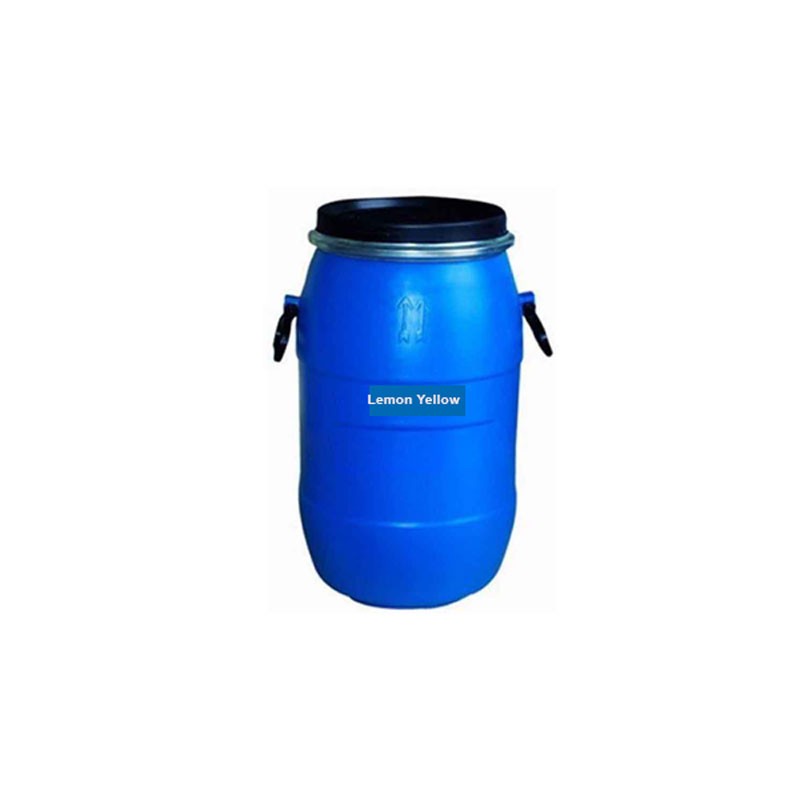The yellow colour of lemons depend on bioflavonoids, which belong to the group of flavonoids. Well, actually, it’s not so easy to explain, but etymology can help us.
Let’s ensue step by step.
Flavonoids and bioflavonoids are compounds that contain the Flavone.
The Flavone, from latin Flavo (flāvu, see Indo-European rootsbhel-) an adjective which means “ golden yellow, blonde”, is a natural organic pigment which give colour to plants, flowers and fruits.
The typical brilliant yellow-orange colour of many citrus fruits, fruits and vegetables chiefly derives from the anthocyan (pigment from the group of flovonoids, which changes colour as the pH goes up or down) and from the carotenoids, pigments named for the carotene, the well-known yellow-orange pigment, that was first identified in carrot’s root in 1831(Daucus carota).
The most common yellow-orange vegetable are: apricot, orange, carrot, clementine, kaki, lemon, mandarin, melon, medlar, nectarinia, pepper, peach, grapefruit, pumpkin.
Thus, if flavonoids determine the yellow of lemons, the anthocyans provide the colour of blackberries, blueberries, grapes, oranges, raspberries, strawberries, cherries and of the red cabbage. On the other hand, carotenoids, other very common pigments, are responsible for many of the red, orange, and yellow hues of vegetables: the red of tomato, the orange of carrot and maize, the yellow of saffron, calendulas and of the autumnal leaves. Carotenoids are also into the unripe fruits, the leaves and the stems, even though they are hidden by chlorophyll.

Login To Comment